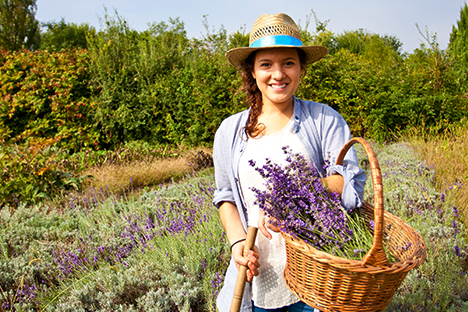NEEM OIL, FROM THE PLANT OF GOOD HEALTH
agricultureayurvedacold pressingdrupesethnobotanyoil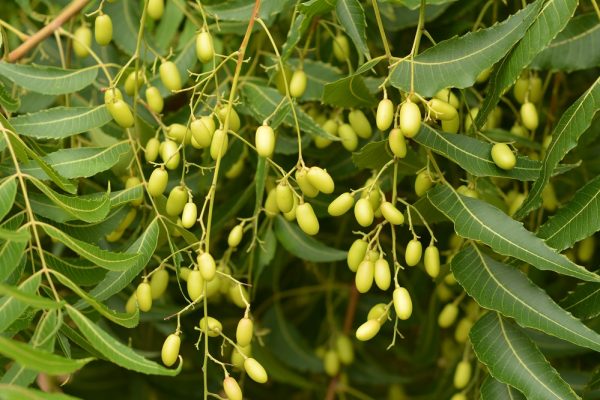
Azadirachta indicates A. Juss., known as Neem, is an ancient plant, used for centuries in India as fertilizer and insecticide. In Sanskrit, it is referred to by the name of Nimba, that is “who gives good health”. Just think that Gandhi himself had included the leaves of this tree in his daily diet (it seems for power “Cooling”).
All parts of the Neem tree: leaves, flowers, seeds, fruits, roots and bark have traditionally been used to treat inflammation, infections, fever, skin diseases and dental ailments. Brushing your teeth with its fresh twigs is an ancient practice in Asia and Africa.
BOTANICAL ASPECTS:
Azadirachta indica described by the French botanist Adrien-Henri de Jussieu in 1830, belongs to Meliaceae family, which also includes Azadirachta siamensis (Val) and Azadirachta among its species excelsa (Jack) Jacobs.
Azadirachta indica (from Persian Azad-darakht & quot; free tree & quot;) is an evergreen tree of medium development, up to 25 m high, with rounded crown.
The leaves are imparipinnate composed with 5-15 elongated, thin, lanceolate, green colored leaves dark and crenate margin.

The panicle inflorescences are arranged in the axillary area of the leaves.
The fruits, which the plant begins to produce after its fifth year are drupes with only one seed, with epicarp thin greenish yellow when ripe and fibrous mesocarp; with a sweet-bitter taste. This plant can live about 200 years. It is endemic to the Indo-Pakistani region and today it also is cultivated in many tropical areas. Beware of the toxic fruits of Melia azedarach L., very similar to Azadirachta indicates A. Juss to which resembles leaves, flowers and fruits; which in Melia have a spherical rather than oval shape.
The seeds and leaves are the most used and the richest parts of active ingredients. The composition is complex with evident prevalence of triterpenes belonging to the class of limonoids.
NEEM OIL:
Nimba oil is generally obtained by cold pressing the seeds.
In Indian villages without presses, the seeds are crushed in a mortar to obtain a soft paste, to which sugar is added and sprayed with hot water continuing to grind with the pestle. The oil then separates from the water and is collected for use both for external and internal use, especially prescribed as an antimicrobial, insect repellent and anti-inflammatory. It is used as an effective remedy in malarial fevers taken in quantities of a few drops twice a day and in cases of syphilis and leprosy.
Neem oil is particularly effective in common dermatological conditions: psoriasis, allergies, skin hypersensitivity, burning, itching, sunburn, hemorrhoids and other diseases due to bacteria and fungi and at the same time it hydrates the skin and counteracts irritations.
Based on Neem, there are also effective products against various parasites: fleas, ticks, sandflies and mosquitoes that infest dogs, cats and other pets as well as humans.
THE NEEM IN AGRICULTURE:
The use of Neem oil in agriculture is mainly due to a German entomologist who in 1959. During an infestation of grasshoppers in Africa, he noticed that the Neem plants were the only ones left intact by the passage of the migratory insect. The antiparasitic activity of this plant is effective against a large number of insects and is carried out with different modes of action: antifeedant or phagodeterrent (decreases or inhibits the ability to feed insect), repellent, growth re gulator, hormonal.
The most important active ingredient for its insecticidal activity is the Azadiractin contained in the seeds, also classified among the molecules that can be used in organic agriculture.
AGRICULTURAL USES:
The crushed seeds, the fruit extraction panel, the oil and the kernel are used as adjuvants of the nitrogen fertilizers.
In the desert, Neem trees are used as windbreaks around fields and for the purpose of reducing desertification and wind erosion of the soil. With this tree it is therefore possible to favor the remediation of desert areas. The wood is hard and resistant to the insect attack and fungi, therefore suitable for producing agricultural tools. From bark extract the tannins, used in industry, and with its fibers we produce ropes. The pulp of the fruits can be used to produce biogas.
The Neem tree has such a wide and interesting range of uses that the international scientific community includes it among the first plants to study and use.
GIULIA CALDARELLI
Other articles that may interest you:
Essential oils and ecological detergents for house cleaning
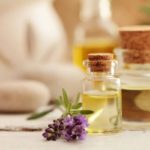 ESSENTIAL OILS: WELLNESS IN HOME
ESSENTIAL OILS: WELLNESS IN HOME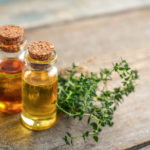 THYME ESSENTIAL OIL: USES AND PROPERTIES
THYME ESSENTIAL OIL: USES AND PROPERTIES AROMATHERAPY: HOW TO CHOOSE AN ESSENTIAL OIL
AROMATHERAPY: HOW TO CHOOSE AN ESSENTIAL OIL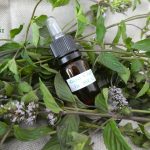 HOW TO DISTILL MINT
HOW TO DISTILL MINT AROMATHERAPY: HISTORY
AROMATHERAPY: HISTORY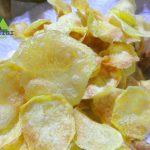 POTATO CHIPS WITH ROSEMARY AROMATIC WATER
POTATO CHIPS WITH ROSEMARY AROMATIC WATER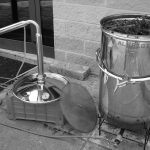 ROSEMARY ESSENTIAL OIL: CULTIVATION AND PRODUCTION
ROSEMARY ESSENTIAL OIL: CULTIVATION AND PRODUCTION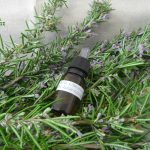 HOW TO DISTILL ROSEMARY
HOW TO DISTILL ROSEMARY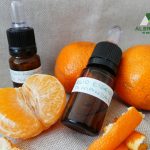 HOW TO DISTILL TANGERINE PEEL
HOW TO DISTILL TANGERINE PEEL NEEM OIL, FROM THE PLANT OF GOOD HEALTH
NEEM OIL, FROM THE PLANT OF GOOD HEALTH HERBAL TEAS, INFUSIONS AND DECOCTIONS: THE DIFFERENCES AND METHODS OF PREPARATION
HERBAL TEAS, INFUSIONS AND DECOCTIONS: THE DIFFERENCES AND METHODS OF PREPARATION HOW TO MAKE HOMEMADE ESSENTIAL OILS
HOW TO MAKE HOMEMADE ESSENTIAL OILS HEALTHY HAIR WITH AROMATIC PLANTS
HEALTHY HAIR WITH AROMATIC PLANTS THE GOOD NIGHT PLANTS
THE GOOD NIGHT PLANTS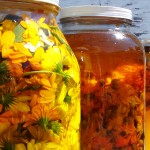 OLEOLITES: THE POWER OF HERBS IN OIL
OLEOLITES: THE POWER OF HERBS IN OIL ENFLEURAGE: ANCIENT TECHNIQUE TO EXTRACT ESSENCES FROM FLOWER PETALS
ENFLEURAGE: ANCIENT TECHNIQUE TO EXTRACT ESSENCES FROM FLOWER PETALS ESSENTIAL OILS AND ECOLOGICAL DETERGENTS FOR HOUSE CLEANING
ESSENTIAL OILS AND ECOLOGICAL DETERGENTS FOR HOUSE CLEANING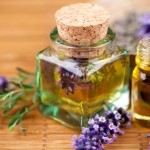 OIL FOR STRENGTHENING HAIR
OIL FOR STRENGTHENING HAIR SCENTED BAGS WITH DRIED HERBS AND ESSENTIAL OILS
SCENTED BAGS WITH DRIED HERBS AND ESSENTIAL OILS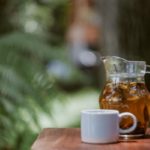 PURIFYING AND CLEANSING HERBAL TEAS DO-IT-YOURSELF
PURIFYING AND CLEANSING HERBAL TEAS DO-IT-YOURSELF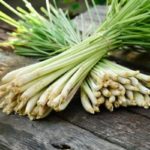 LEMONGRASS: ESSENTIAL OIL TO FIGHT TUMORS
LEMONGRASS: ESSENTIAL OIL TO FIGHT TUMORS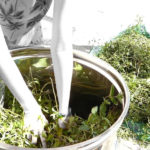 MINT ESSENTIAL OIL: CULTIVATION AND PRODUCTION
MINT ESSENTIAL OIL: CULTIVATION AND PRODUCTION CITRUS FRUITS AND ALZHEIMER’S DISEASE: NEW DISCOVERIES
CITRUS FRUITS AND ALZHEIMER’S DISEASE: NEW DISCOVERIES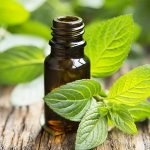 MINT ESSENTIAL OIL: USES AND PROPERTIES
MINT ESSENTIAL OIL: USES AND PROPERTIES